In Paise of Perrons
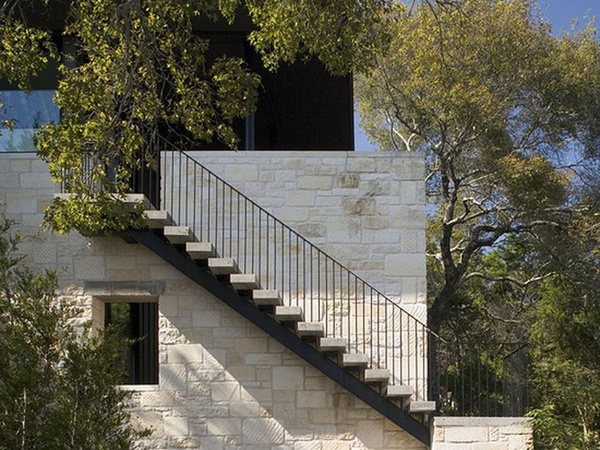
I peered from a rooftop one cloudy afternoon and from that vantage I saw the sides of towering houses and offices in Ikoyi; Perrons. That day, a realization dawned on me: I cherish the sight of these external staircases gracing the sides of buildings.
For clarity, let me define "Perron" - it's simply an external staircase leading to a building's entrance. Despite that specific definition, I’ll use it to define all stairs on the external sides of buildings in this piece
I had just begun working at my current firm and just like the day you tasted your best food for the twenty-eight or one-hundredth time, it was finally a fully formed thought: I love this food - I love these Perrons.
My first encounter with incorporating external staircases in a design was instinctive, though I admit, a bit of an afterthought. It was my second year in university. Consumed by meeting deadlines, I became fixated on the interior layout, meticulously placing rooms like puzzle pieces. Only after finalizing the arrangement did I realize the fire escape staircases were missing from my proposal. A playful idea struck me: "Just add them to the exterior wall!" It wasn't a novel or ingenious solution, just a practical one born from necessity.
Fast forward to another school design project, and I found myself revisiting the concept of external staircases. The brief called for an embassy that captured the essence of Prague. I decided to elevate, literally, the street life and walkable culture of Czechia. It was here that the seed of appreciating perrons as beautiful features began to sprout.
It might seem strange to discover beauty in something so familiar, but isn't this similar to a childhood friend who blossoms into a romantic partner, or a familiar meal that suddenly becomes a favourite flavour? On that rooftop, I acknowledged out loud, "I am enamoured by these floating steps." I share this passion because I finally understand why. I could attempt a poetic description, but my appreciation is rooted in something more concrete.
Recently, I read the book, Humanize by Thomas Heatherwick and he articulated therein, a few points on the beauty of buildings. Particularly impactful, were his ideas regarding the prevalence of bland and uninspired designs in modern architecture.
In my understanding, a building that fails to capture attention often has the following in varying degrees: It will usually have a flat facade - a plain-like thing with no crevice, moulding, bump or relief. These “boring” buildings will be void of life on their faces - even at street level, the humans and the rest of nature will seem to be repelled; These self-absorbed structures are designed with only thoughts of their interiors; they often present cold uninviting exteriors to the world. he discourse on "ugly" and "boring" architecture could extend indefinitely.
However, enlightened by Heatherwick's perspective, I saw it all differently. What's one way to break the monotony of a tall, concrete box? How can we make these closed-off structures more open to the world? How can we infuse life into the very walls of buildings?
Stairs. Bring out the stairs.
With the use of Perrons, as I intuited earlier, one could create steps that seemed to passersby at the ground level to go up to the heavens like in a Jacobian dream. Much like it came to my aid at the end of spatial design, we can turn to these Perrons for beauty. With stairs on the outside, I envisioned a sequence of vibrant promenades and unfolding stories. They function excellently as fire escapes and provide additional interior space, but we should truly embrace their aesthetic potential.
Imagine these perrons adorned with lights and flowers, transforming them into reverent elements of the building's composition. They are beautiful because they inherently hold the potential for storytelling. Staircases are usually a very active part of a building’s interior. They can be the places of neighbourly interactions, the home of miniature gardens and the relief on the building side that catches the eye.
I have hopes for more usage in Nigerian architecture and I’ve pondered a few reasons designers and clients might elect against them; The workmanship required might be lacking, the developers might have found some other trend more desirable; or as I decided, they have simply fallen out of style. Will they ever return? I can only speak for my designs. I simply write in praise of this alternative path to beautiful buildings.
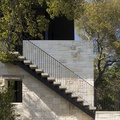

In Paise of Perrons
By
 Joshua Omoijiade
•
7 plays
Joshua Omoijiade
•
7 plays
 Joshua Omoijiade
•
7 plays
Joshua Omoijiade
•
7 plays
0:00 /
0:00
Other insights from Joshua Omoijiade
Referral Earning
Points-to-Coupons
Insights for you.





 754
754












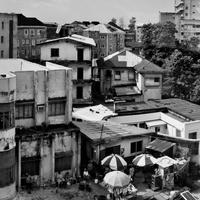


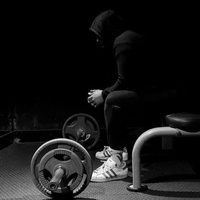


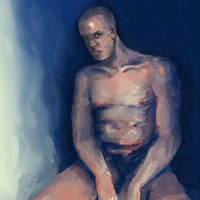





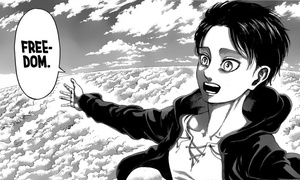





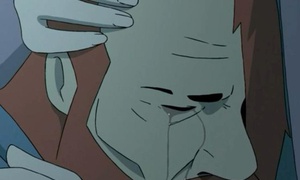
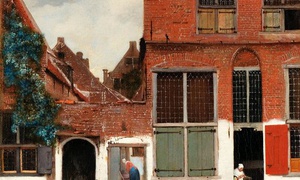

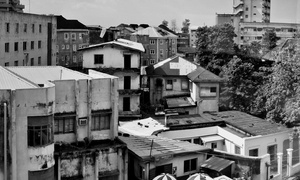

























Comments